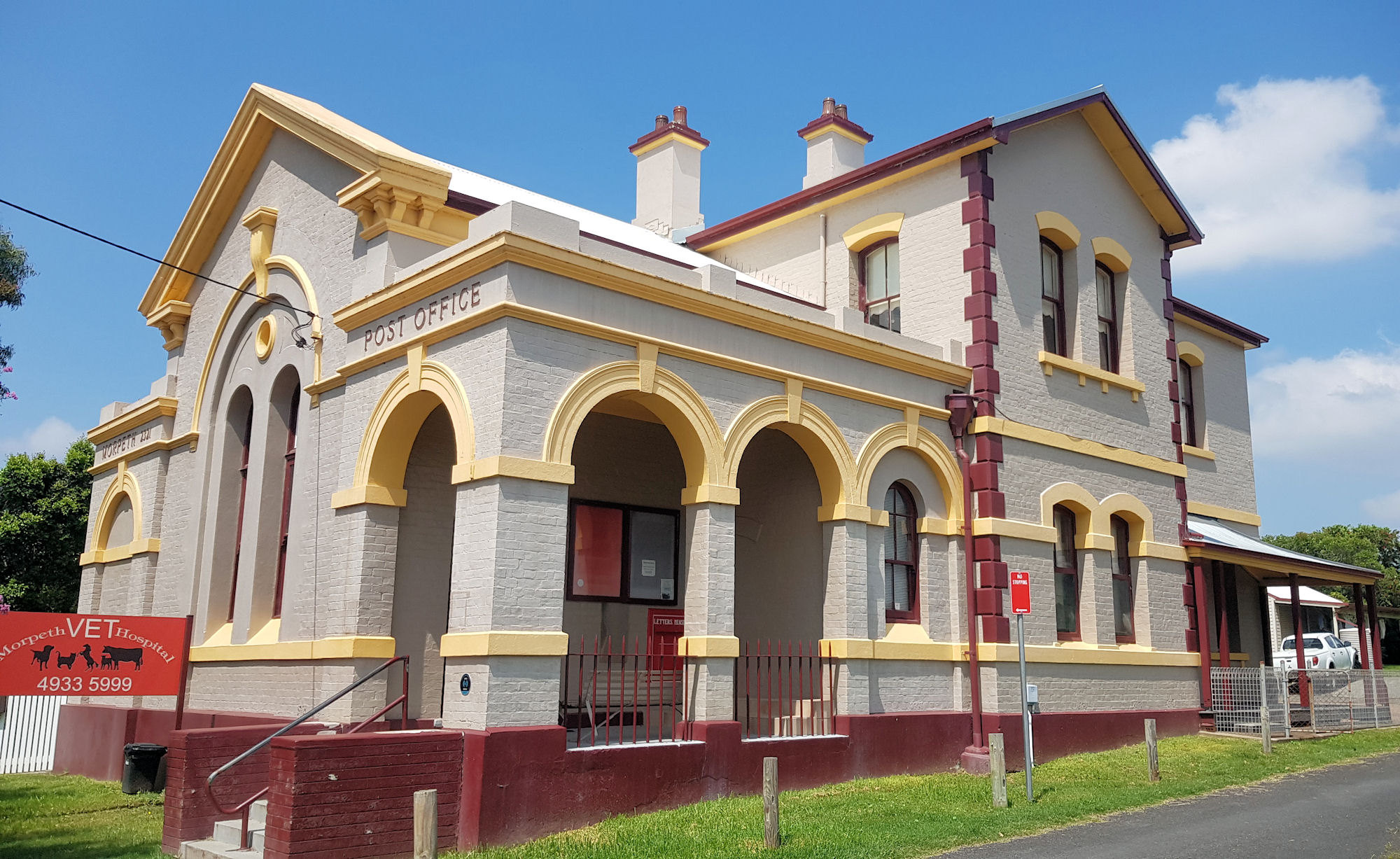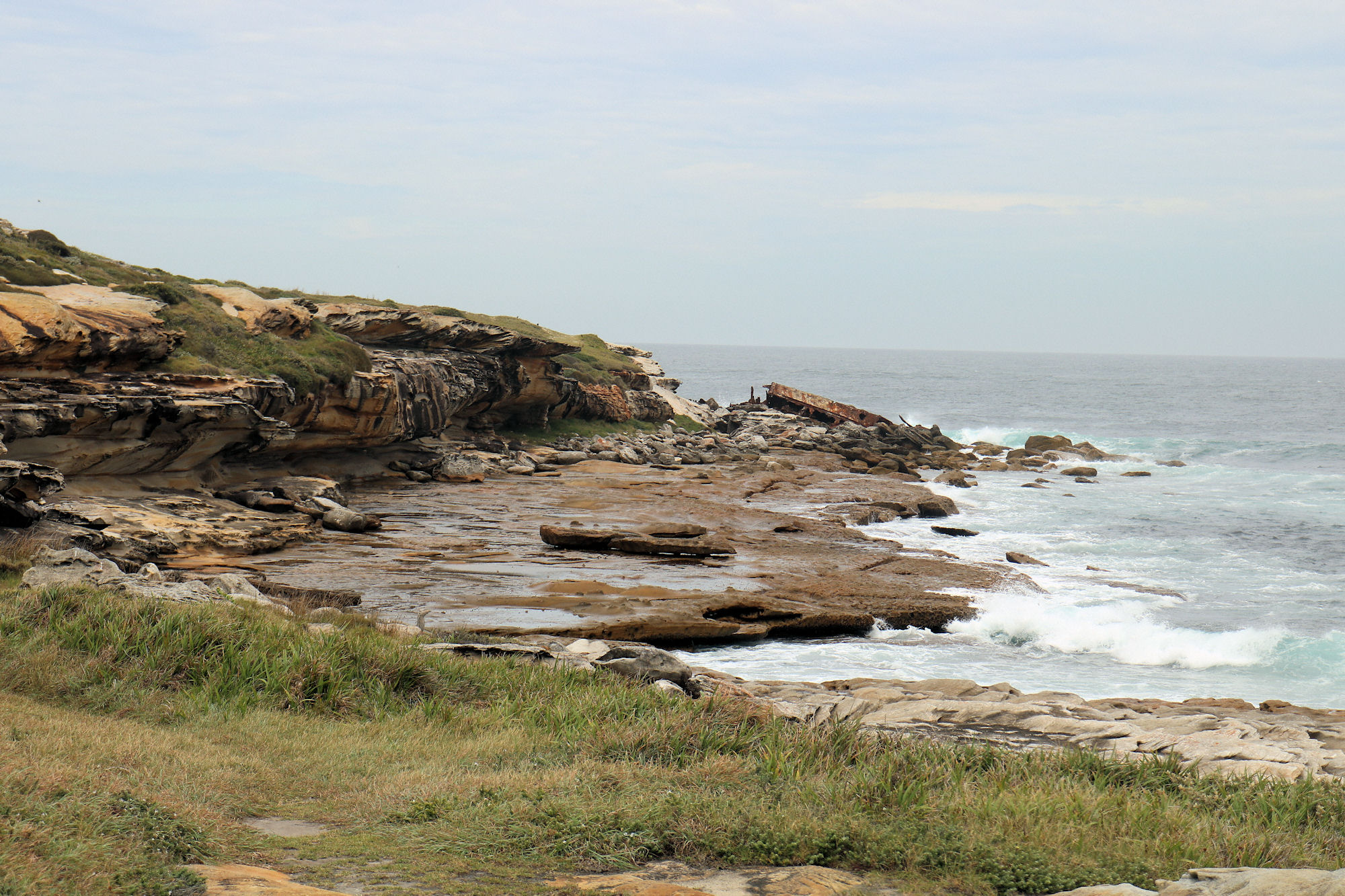Tag: travel
-
Morpeth on the Hunter River

Morpeth on the Hunter River Morpeth Initially created through by Edward Charles Close, who selected a property of 1,000 hectares Morpeth developed as a river port from 1831-1841. The river port grew steadily throughout the 1830s, but the construction of the Great Northern Railway in 1857, bypassed Morpeth. This resulted in Newcastle developing as the… Read more
-
Burrawang Walk Kamay Bay

Burrawang Walk Kamay Bay Kamay Visitor Centre Before setting out on the Burrawang Walk, drop into the Visitor Centre. Not only are the toilets located here, but it is full of useful information for your visit. The staff were very friendly and helpful, which made the day start on a positive note. Burrawang Walk Kamay… Read more
-
Cape Banks Botany Bay National Park

Cape Banks Getting There We drove to Cape Banks and parked near the pistol club and helicopter base. This large car park has plenty of space, so parking shouldn’t be a problem. Cape Banks Walking Track The Cape Banks Walking track runs past the Westpac Lifesaver Helicopter Base towards the coast. On the way you… Read more